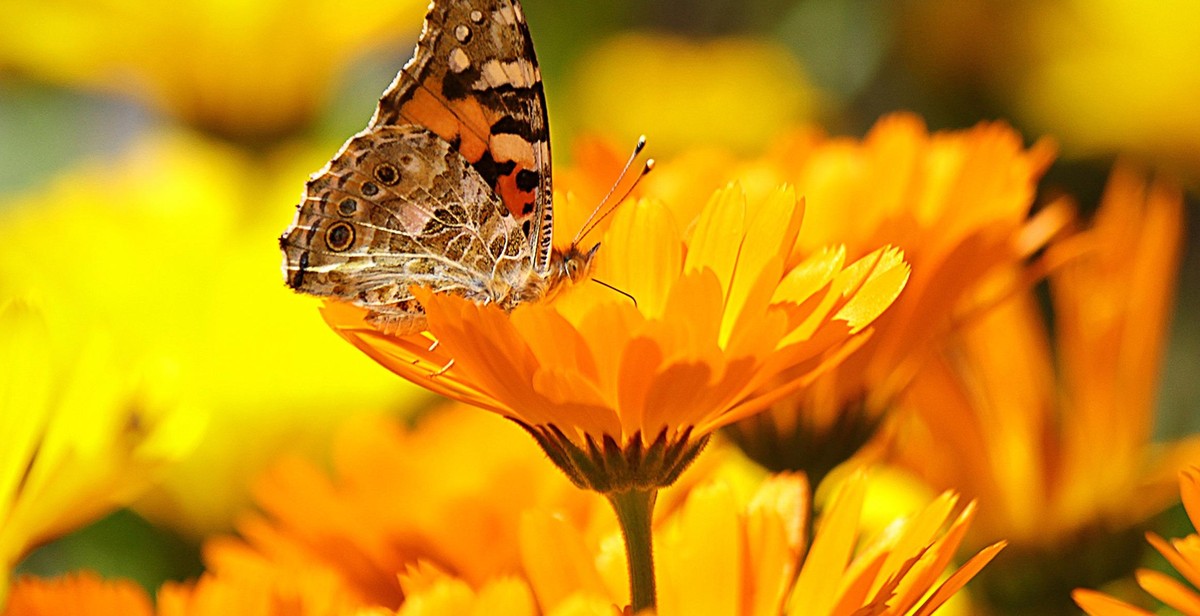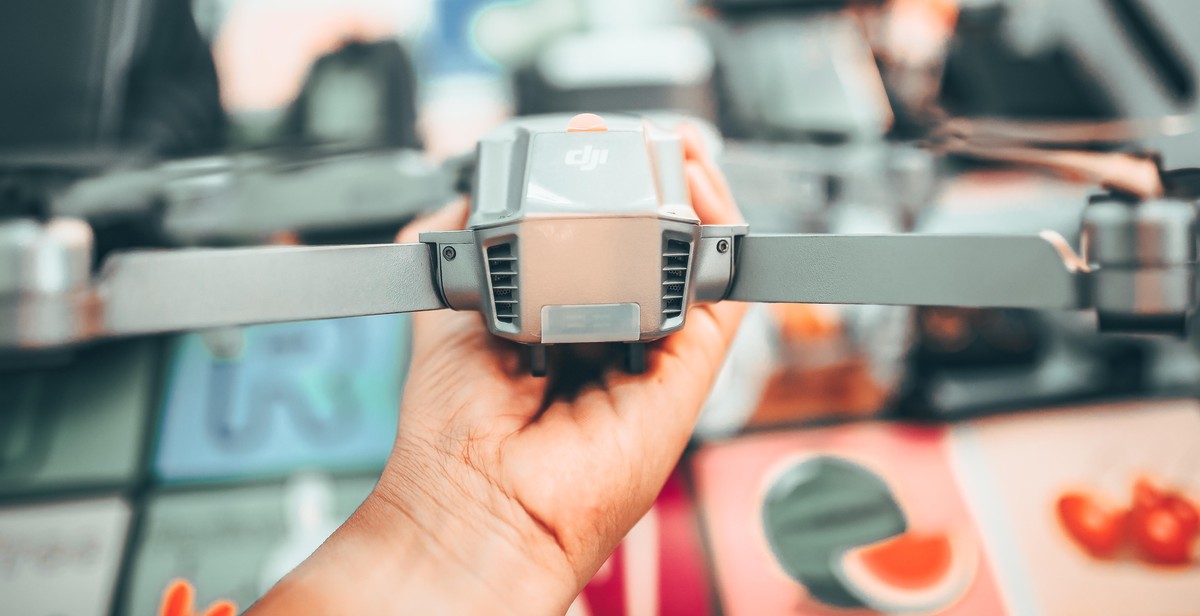How to Identify Common Insect Pests in Your Apartment: Prevention and Control Methods
Living in an apartment can be convenient and comfortable, but it also comes with its challenges. One of the most common challenges is dealing with insect pests. These pests can cause damage to your property, contaminate your food, and even pose health risks to you and your family.
Why Identifying Common Insect Pests is Important
Identifying common insect pests is crucial in preventing and controlling infestations. Knowing what type of pest you are dealing with can help you determine the best course of action to take. Different pests require different prevention and control methods, so identifying them correctly is essential.
Some common insect pests that you may encounter in your apartment include cockroaches, bed bugs, ants, flies, and rodents. These pests can be difficult to eliminate once they have established a foothold in your home, so it is essential to identify them as early as possible.
In this article, we will discuss how to identify common insect pests in your apartment and provide you with prevention and control methods that you can use to keep your home pest-free.

Identifying Common Insect Pests
Identifying common insect pests in your apartment is the first step in preventing and controlling their presence. Here are some tips on how to identify the most common insect pests:
Cockroaches
Cockroaches are one of the most common insect pests found in apartments. They are usually found in dark, damp places such as under sinks, behind appliances, and in cracks and crevices. Cockroaches are brown or black and have a flattened, oval-shaped body. They have six legs and two antennae and can range in size from 1/2 inch to 2 inches long.
Bed Bugs
Bed bugs are another common insect pest found in apartments. They are usually found in mattresses, box springs, and bed frames, but can also be found in other furniture, such as couches and chairs. Bed bugs are reddish-brown, oval-shaped, and about the size of an apple seed. They are most active at night and feed on human blood, leaving behind itchy, red welts on the skin.
Ants
Ants are a common insect pest found in apartments, especially during the summer months. They are usually found in kitchens and bathrooms, but can also be found in other areas of the apartment. Ants are small and vary in color from black to brown to red. They have six legs and two antennae and can range in size from 1/16 inch to 1/2 inch long.
Spiders
Spiders are a common insect pest found in apartments, but are generally not harmful to humans. They are usually found in dark, quiet areas such as closets, basements, and attics. Spiders vary in size and color, but most have eight legs and two body parts. Some common types of spiders found in apartments include cellar spiders, wolf spiders, and house spiders.
| Insect Pest | Identification | Preferred Habitat |
|---|---|---|
| Cockroaches | Brown or black, flattened, oval-shaped body, 6 legs, 2 antennae | Dark, damp places such as under sinks, behind appliances, and in cracks and crevices |
| Bed Bugs | Reddish-brown, oval-shaped, about the size of an apple seed | Found in mattresses, box springs, bed frames, and other furniture |
| Ants | Small, vary in color from black to brown to red, 6 legs, 2 antennae | Found in kitchens and bathrooms, but can also be found in other areas of the apartment |
| Spiders | Vary in size and color, most have 8 legs and 2 body parts | Dark, quiet areas such as closets, basements, and attics |

Prevention and Control Methods
Identifying common insect pests in your apartment is half the battle. Once you have identified the pests, you can take steps to prevent and control them. There are several prevention and control methods that you can use to keep your apartment free from insect pests.
General Prevention Tips
The best way to prevent insect pests from infesting your apartment is to keep it clean and tidy. Here are some general prevention tips:
- Regularly clean your apartment, paying special attention to areas where pests are likely to hide, such as under appliances, in cracks and crevices, and in corners.
- Store food in airtight containers and clean up spills and crumbs immediately.
- Take out the trash regularly and keep it in a sealed container.
- Seal cracks and crevices in walls, floors, and ceilings to prevent pests from entering your apartment.
- Keep your apartment well-ventilated and dry. Insects thrive in warm, damp environments.
Chemical Control Methods
If you have an infestation of insect pests in your apartment, you may need to use chemical control methods to eliminate them. Here are some chemical control methods:
- Insecticides: Insecticides can be sprayed directly on insects or applied to surfaces where insects are likely to crawl. Insecticides are effective against a wide range of insect pests, but they can be harmful to humans and pets if not used correctly.
- Baits: Baits are a type of insecticide that are placed in areas where insects are likely to feed. Insects are attracted to the bait and consume it, which eventually kills them.
- Fumigation: Fumigation involves filling a sealed space with a gas that kills insects. Fumigation is effective against a wide range of insect pests, but it can be dangerous and should only be carried out by a professional.
Non-Chemical Control Methods
If you prefer to avoid using chemicals in your apartment, there are several non-chemical control methods that you can use to eliminate insect pests. Here are some non-chemical control methods:
- Traps: Traps can be used to catch and eliminate insects. There are several types of traps, including sticky traps, pheromone traps, and light traps.
- Physical barriers: Physical barriers can be used to prevent insects from entering your apartment. For example, you can use screens on windows and doors to keep insects out.
- Natural remedies: There are several natural remedies that can be used to eliminate insect pests, such as diatomaceous earth, essential oils, and vinegar.
| Control Method | Pros | Cons |
|---|---|---|
| Insecticides | Effective against a wide range of insect pests | Can be harmful to humans and pets if not used correctly |
| Baits | Effective against a wide range of insect pests | Takes time for insects to consume bait and die |
| Fumigation | Effective against a wide range of insect pests | Dangerous and should only be carried out by a professional |
| Traps | Safe and non-toxic | May not be effective against all types of insect pests |
| Physical barriers | Safe and non-toxic | May be difficult to install and maintain |
| Natural remedies | Safe and non-toxic | May not be as effective as chemical methods |

Conclusion
Identifying common insect pests in your apartment is the first step towards preventing and controlling their infestation. With the right knowledge and tools, you can keep your living space free from these pesky creatures.
Prevention is Key
Prevention is always better than cure when it comes to insect pests. Ensure that your apartment is clean and clutter-free. Regularly vacuum and dust your living space and dispose of garbage in sealed containers. Keep food stored in airtight containers and do not leave any crumbs lying around.
Control Methods
If you already have an infestation, there are several control methods you can use. You can use insecticides, baits, traps, and repellents. Ensure that you follow the instructions on the product label and take necessary safety precautions.
Professional Help
If the infestation is severe or you are not comfortable using control methods on your own, it is best to seek professional help. Pest control companies have the expertise and tools to get rid of insect pests effectively.
Final Thoughts
Identifying and dealing with insect pests in your apartment can be a daunting task, but it is essential for your health and well-being. With the right prevention and control methods, you can keep your living space free from these annoying creatures and enjoy a comfortable living environment.
| Prevention | Control Methods | Professional Help |
|---|---|---|
| Keep your apartment clean and clutter-free | Use insecticides, baits, traps, and repellents | Seek professional help if necessary |
| Dispose of garbage in sealed containers | Follow instructions on product label | Pest control companies have expertise and tools |
| Store food in airtight containers | Take necessary safety precautions |
